Kyoto is as popular as the main city of Japan – Tokyo. Kyoto has lots of historical and cultural sights and is the heart of the Japanese cultural heritage. This is a lucky city. Unlike Osaka, it almost didn’t suffer from the devastating consequences of the Second World War. But in that dark hour, the fate of the city was hanging by a single thread, because the U.S. Air Forces were going to attack five cities, including Kyoto, with nuclear bombs. And only a miracle saved this amazingly beautiful city from total destruction. That is why almost every corner here keeps ancient mysteries and secrets which tourists love to discover. In this post, I’d like to suggest a list of what to do if you have one day in Kyoto.
- Count foxes at the Fushimi Inari Shrine
- Enjoy the most beautiful Starbucks Coffee Store in the world
- Ride in a rickshaw
- Dine out in a crab restaurant
- Buy Japanese souvenirs
Count foxes at the Fushimi Inari Shrine
Fushimi Inari is the most beautiful and the most important Shinto shrine in Kyoto. It stands apart from other shrines with its vermilion Torii gates seen from afar (the Japanese call this color cinnabar). Here, people worship Inari. She is the Japanese kami of the fertility and general prosperity. Foxes which guard the harvest of rice from mice are often identified with messengers of Inari. By the way, long before cats appeared in the territory of Japan, foxes used to help people to fights against bothersome rodents. That is why the number of monuments to foxes in the territory of the Fushimi Inari Shrine could hardly be counted. Foxes hold various things in their teeth, such as rice spikelet, keys or even precious stones. Kitsune is the Japanese word for the fox that means a werefox. Werefoxes are believed to turn into young boys and girls. Locals honor them very much and bring them fried tofu, their favorite food, to please them. Foxes are sometimes visualized with clear gender identity, so male and female foxes are distinguished easily.
The main feature of this shrine is a countless number of Torii gates in its territory. Torii even form corridors that may be a few kilometers long. The tradition of putting Torii gates dates back to the very ancient times. Torii used to be a way to make a gift to the kami. It is believed that if you put a Torii gate, it will bring profit, success and prosperity to you and your business. That’s why the most well-known Japanese corporations spare no expense for putting Torii near the Fushimi Inari Shrine. On the back of each Torii gate you may see the name of the one who has made such an expensive donation. So, all “patrons” are known by their names. Although a large Torii gate may cost up to ten thousand dollars, the plan for installing Torii gates has been already made for a year ahead. The Torii gates stand up to 10 years only. After that, one gate is replaced with the new one. So, the circulation of Torii gates will never stop and the corridors will never have a clearance.
However, if you don’t have such a big amount of money, but still would like to make a gift to Inari, don’t worry – there are cheaper options: you can choose a smaller Torii gate or buy a wooden picture of a Torii gate right before the shrine, write down your wish and hang it on a special column. Thousands of people come here every day and leave their wishes on miniature Torii gates. Judging by their number, Inari always has a lot of work – just imagine how much time it takes her to read all those messages day by day.
The corridor of Torii gates will lead you to the top of the mountain. This will take about 3 hours. Unfortunately, we didn’t have much time, because we would like to see Kyoto as much as possible.
Enjoy the most beautiful Starbucks Coffee Store in the world
The world-famous Starbucks Coffee has more than 24,000 cafes across the globe. But only a few can be really proud of their unique interior design or a very unusual location. Kyoto is really very lucky – the most unique and beautiful Starbucks Coffee Store in the world was opened on one of its main streets in 2017. The coffee house occupies an original tea house built more than 300 years ago. The interior of the building didn’t change, so you can enjoy the atmosphere of rooms originally used for tea ceremonies. Visitors should take off their footwear and sit on special pillows that serve as chairs. However, you have to wait about 30 minutes to sit in, because this Starbucks has already become a world legend and a must-visit place for many. That’s why, you have to wait for your coffee first and then for a free corner to sit in and enjoy the wonderful atmosphere. The coffee menu and prices are similar to other Starbucks stores.
Ride in a rickshaw
We all know that Japan is one of the most advanced countries and is a car market leader. The whole world looks up to Japanese car technologies. However, nobody knew about four-wheeled transport there just about 150 years ago, and people used to ride in a rickshaw. The word rickshaw in Japanese consists of three hieroglyphs: the first one means a man, the second means a force, and the third means a cart. Together the hieroglyphs make up a word meaning ‘a man pulling a cart’. Rickshaws used to be the main mode of transport in Tokyo in 1872 and in 1896 their number was record high – 210,000. Finally, the car industry has replaced these hard workers and today they can be found on tourist trails in some Japan’s cities. It must be said that it is an extremely hard job because a rickshaw should be in a very good physical form, especially when he has to pull his cart uphill.
When we noticed rickshaws waiting for their clients in the Gion Quarters, we immediately decided to take a ride with wind in our hair to better feel the ancient history of Japan. We were offered several routes varying by the riding time and chose one of the longest routes – about 45 minutes for about $80. To be honest, I was deeply skeptical of the ability of that small skinny Japanese guy to pull two quite tall Europeans. We usually saw a geisha or a slim Japanese man in rickshaw’s carts. When we got on the cart, my doubts doubled – the cart was hardly designed for the two. However, there wasn’t a vestige of doubt in our rickshaw’s eyes that he couldn’t pull us.
Our way lies through narrow streets and quarters of the old Kyoto. The rickshaw made a few stops in front of some buildings and shrines trying to tell us something about those places. His English was poor and based on separate English words rather sentences, but we talked a little during the ride. We learned that our rickshaw was just 18 years old. He studies for a lawyer and works as a rickshaw in summer to earn some extra money. It is his own cart – he earned money for it himself. Moreover, he is a big football fan but has never traveled abroad and has never seen a live football match. And only this year, his dream will come true – he is going to visit Napoli, Italy, to watch a match of his favorite football team. We really liked the guy when he started talking about Dynamo Kyiv Football Club and its progress after he learned that we’re from Ukraine.
To say that we rode with wind in our hair would be a barefaced lie – the speed of our cart did not exceed 2 or 3 km per hour, and our rickshaw could hardly pull the cart uphill. He was dripping with sweat down his face and body, and I’d like to jump out of the cart and help him by pushing the cart from behind. However, the thought that we’ve spent $80 kept me in the cart. So, if you expect to sit back, relax and ride with wind in your hair, you may be very disappointed – this could be possible if there is one passenger in a cart. However, talking to a representative of a very rare, disappearing profession – a rickshaw was much more exciting experience than the ride itself.
Dine out in a crab restaurant
Long before our trip to Japan, I’ve read many good reviews about crab restaurants in Osaka and Kyoto. So we decided that we simply must visit a crab restaurant no matter how busy our program would be. I didn’t know any specific local restaurants and had to make a very detailed analysis of all available restaurants serving crab dishes.
After a ride in a rickshaw through the famous Gion Quarters we decided to recharge our batteries and dine out in one of such restaurants. We chose the closest to us. The honor of hosting such VIP guests as we are fell to Sapporo Kaniya. Its exterior is not very remarkable, but if you get inside you find yourself in a real crab kingdom with huge aquariums with live crabs waiting for their sad fate – they will be eaten by crab lovers. An administrator welcomes you at the entrance, helps you to take off your outer clothing and shoes. Then you move around the restaurant barefoot – no alternative shoes or footwear is offered. We got the third floor by an elevator and were met by a very hospitable Japanese woman who offered us a table. It’s uneasy to make a choice when you see a great variety of crab dishes in the menu with very yummy pictures. We ordered soup, dumplings, crab gratin, sushi and rolls. The way how the dishes are served was also very interesting. For example, dumplings and crab gratin are steamed just before your eyes. As in other restaurants throughout Japan, green tea is free. You only choose whether you like it hot or cold. Our bill was written in Japanese hieroglyphs and we found no familiar letter or sign. We had to go downstairs to pay our bill because a cash register was there. Such restaurants are quite expensive, but they do worth visiting at least once, just to feel its atmosphere.
Buy Japanese souvenirs
If you would like to take home some souvenirs from Japan, Kyoto is an ideal place for shopping with the largest choice that suits every pocket. The Gion Quarters are the best area where you can walk for hours looking at numerous beautiful things from classic charms and figurines to expensive kimonos and hand-made paintings. In addition, you can buy matcha tea there (however this tea can also be found a supermarket for a better price) and many other things for a tea ceremony. Almost every store offer tax free shopping if you spend more than JPY 4,000. We would like to bring home a Japanese katana as a souvenir, however everything we saw in those souvenir stores look like plastic copies than a real sword. So, we decided to buy a Japanese wooden hand-painted doll Kokeshi. Make sure you have at least 2-3 hours for souvenirs. First, you might be lost because of the incredible choice and, secondly, lots of people are crowded on the streets, and the traffic is somewhat slow.
Kyoto is a city that you will certainly love because it opens up the true soul of Japan, reveals mysteries and secrets of the Land of the Rising Sun and shows the heart of samurais.

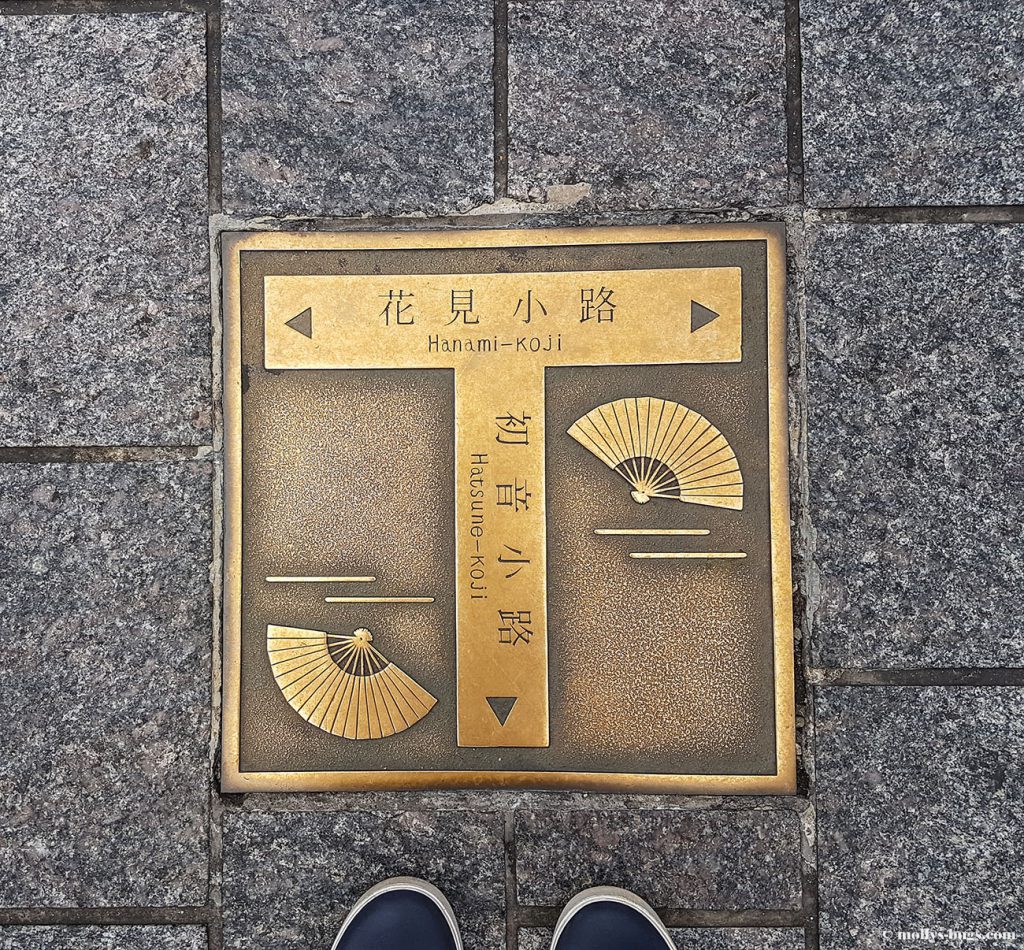
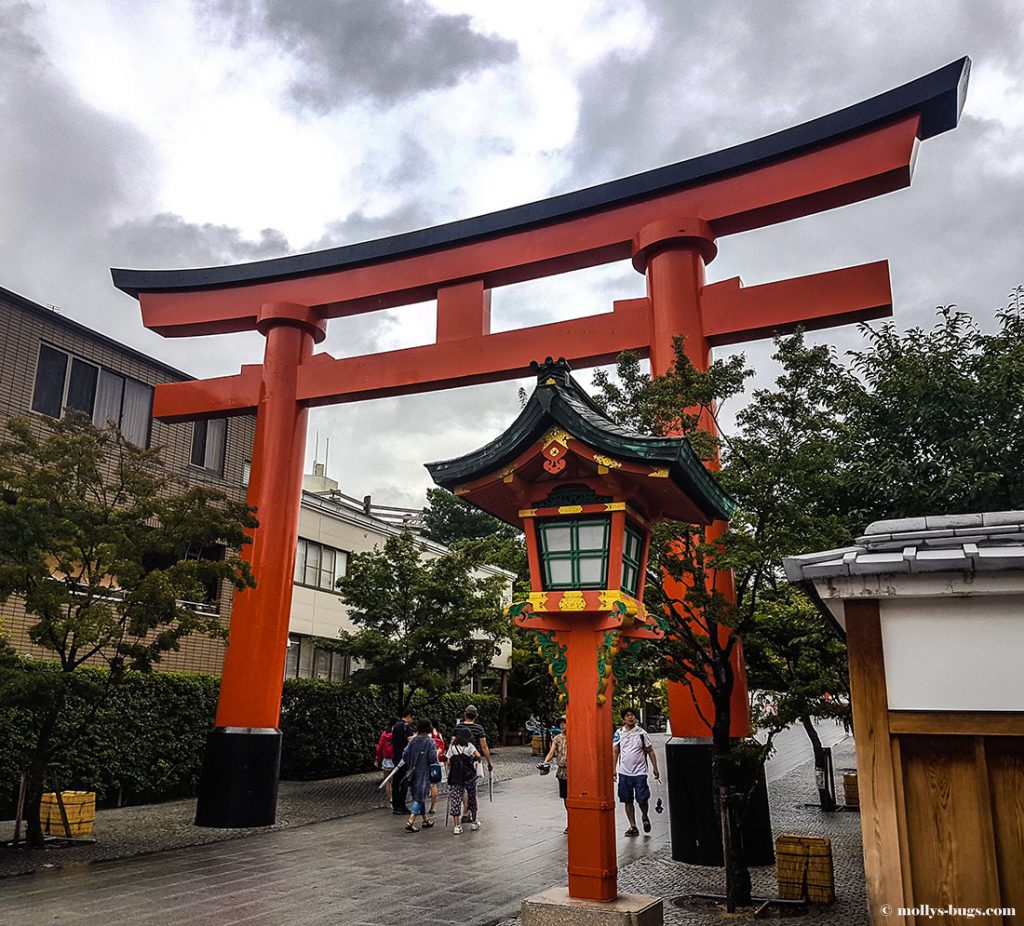
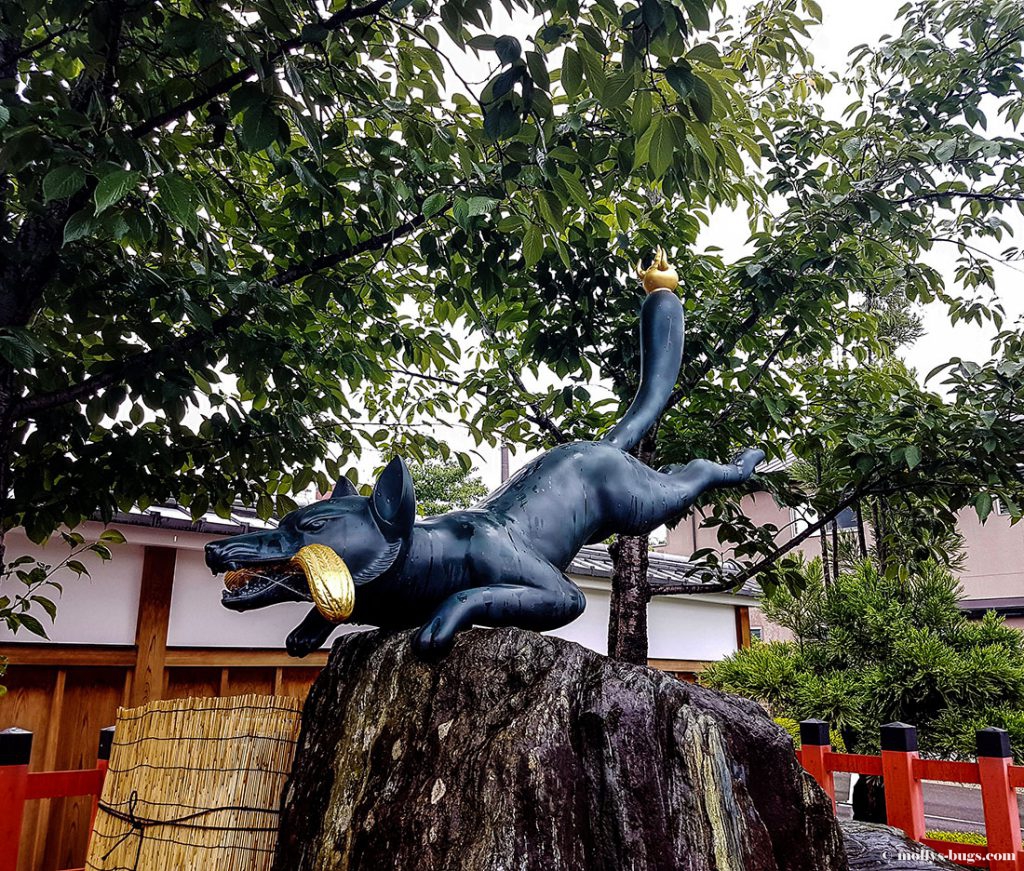
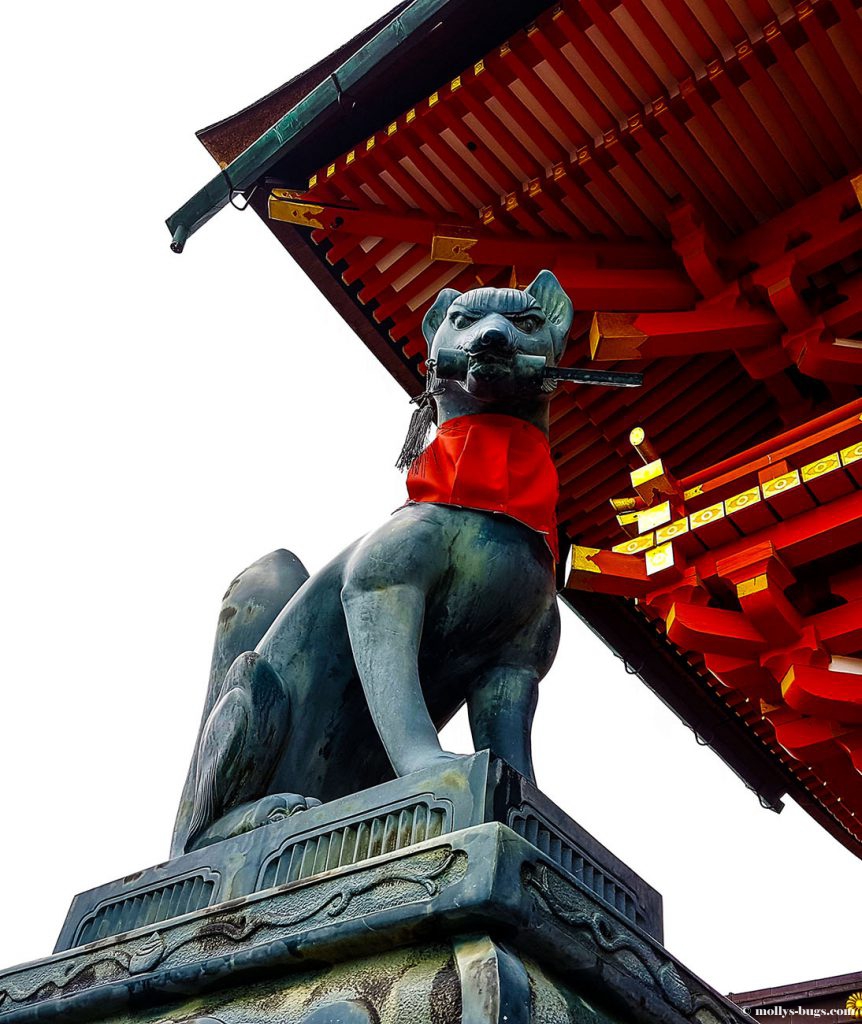
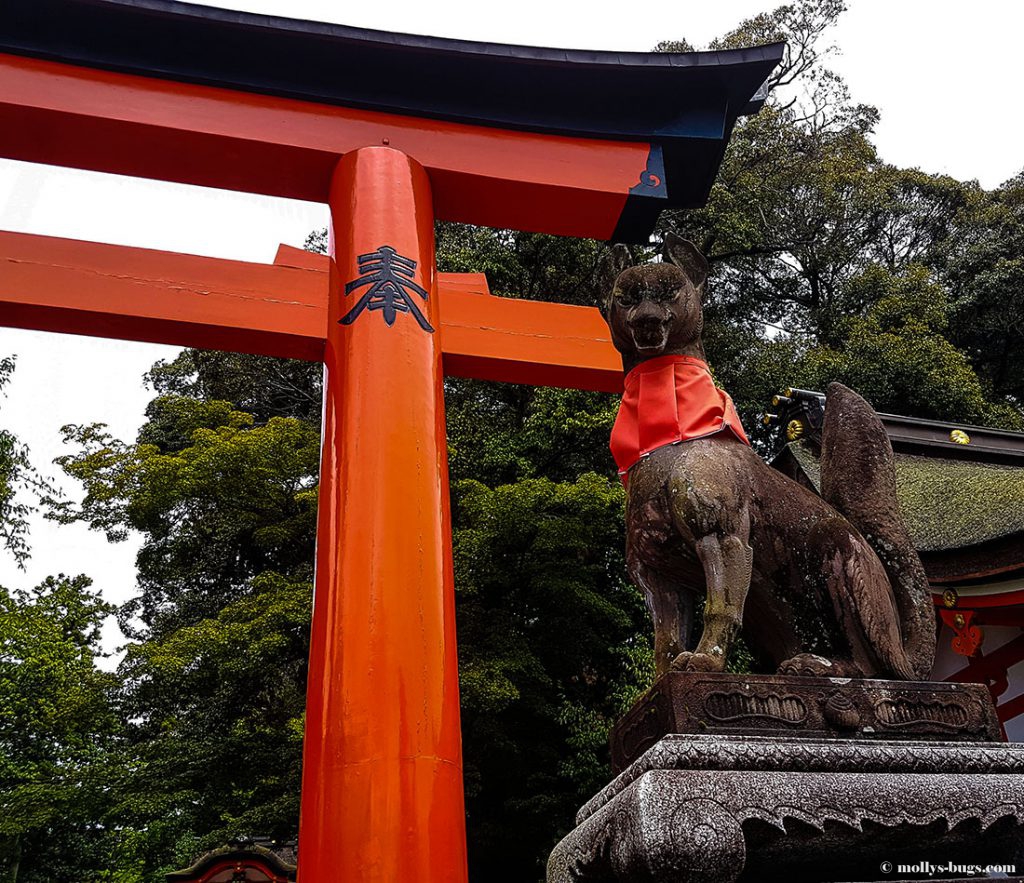
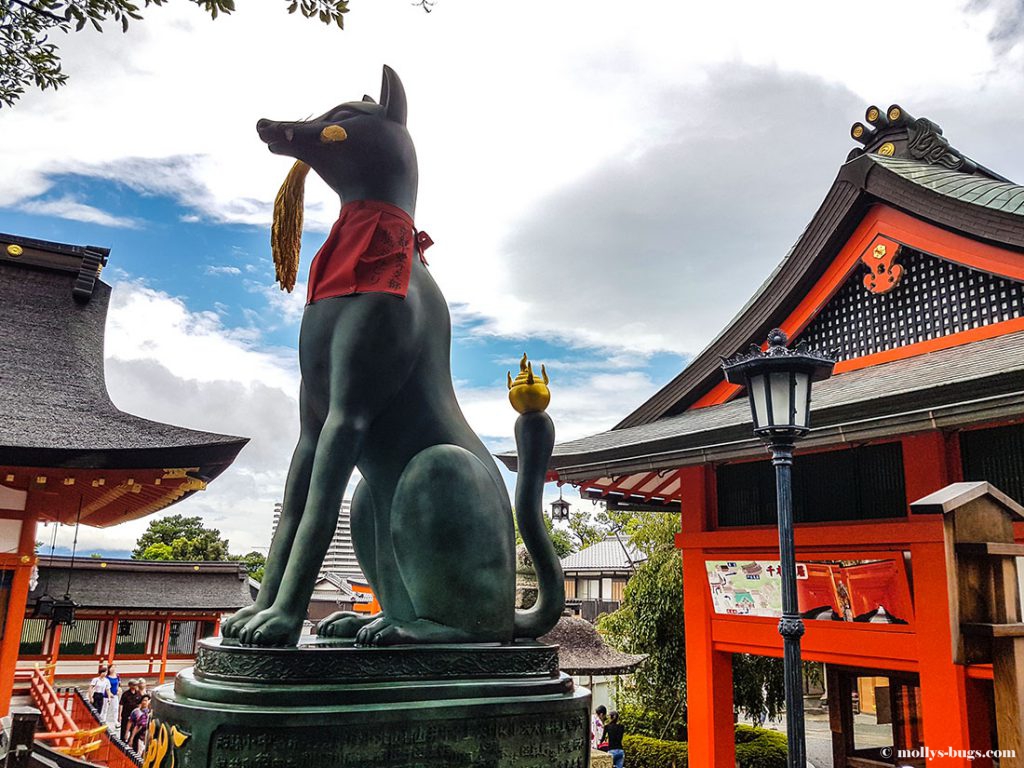
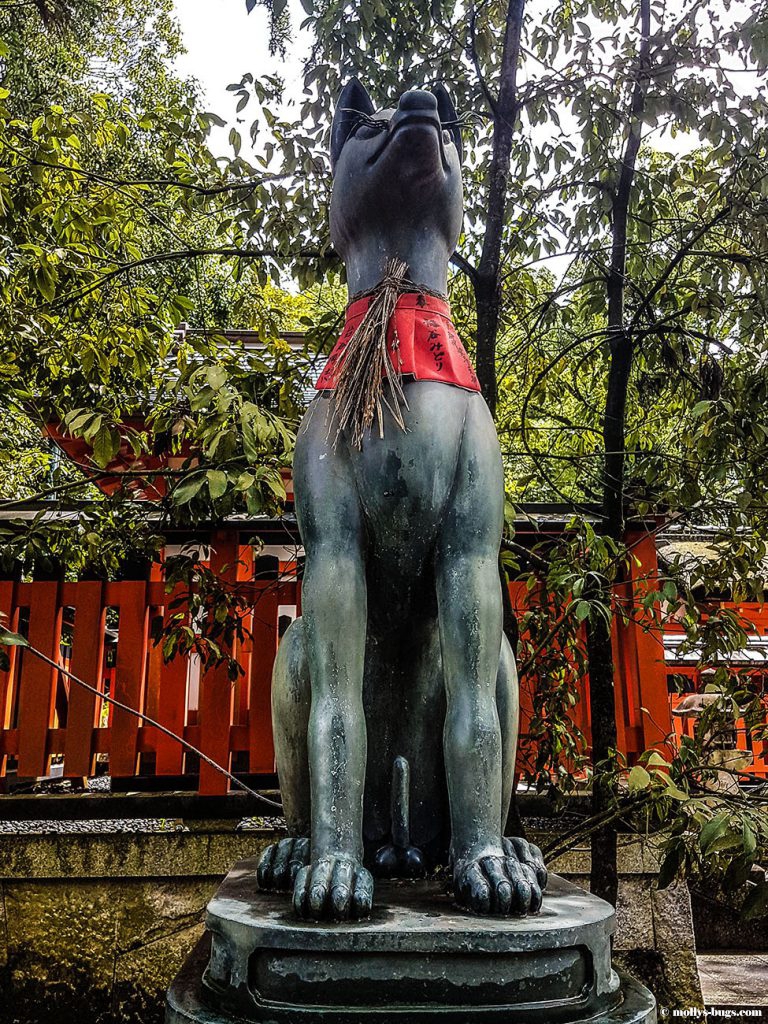
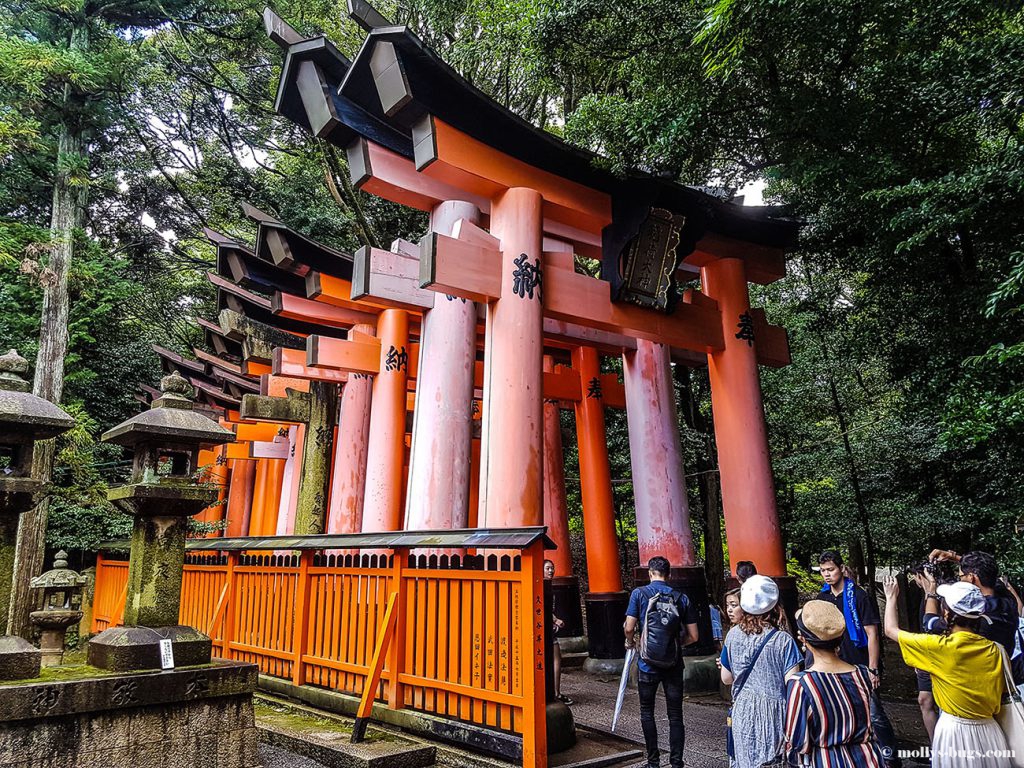
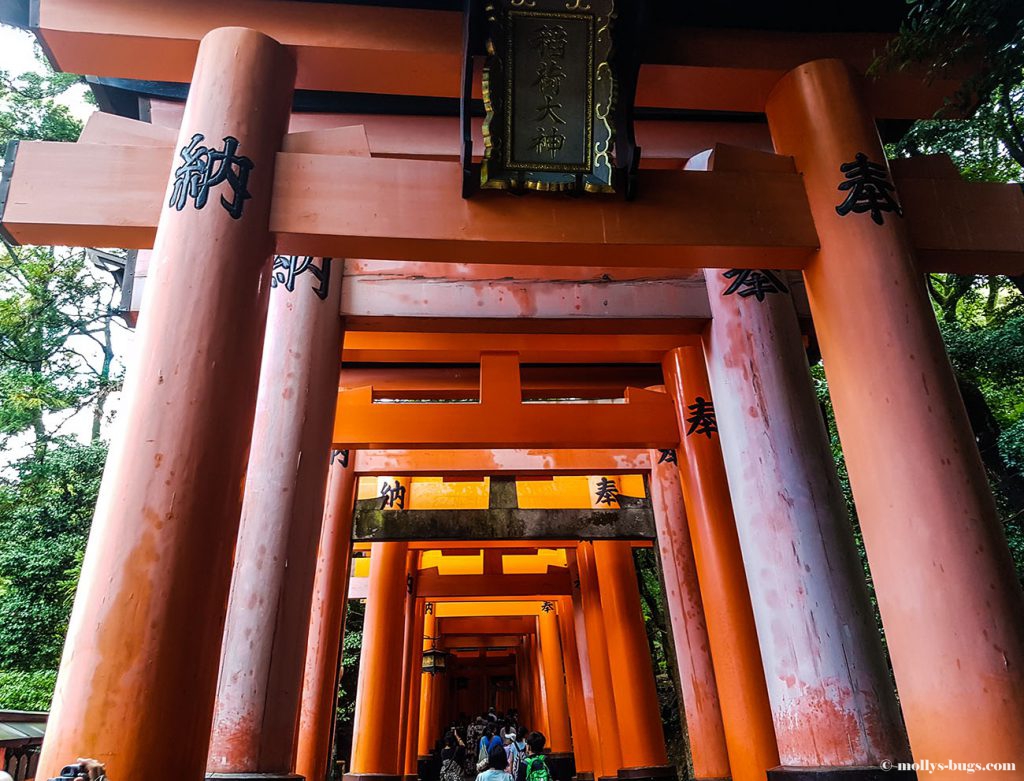
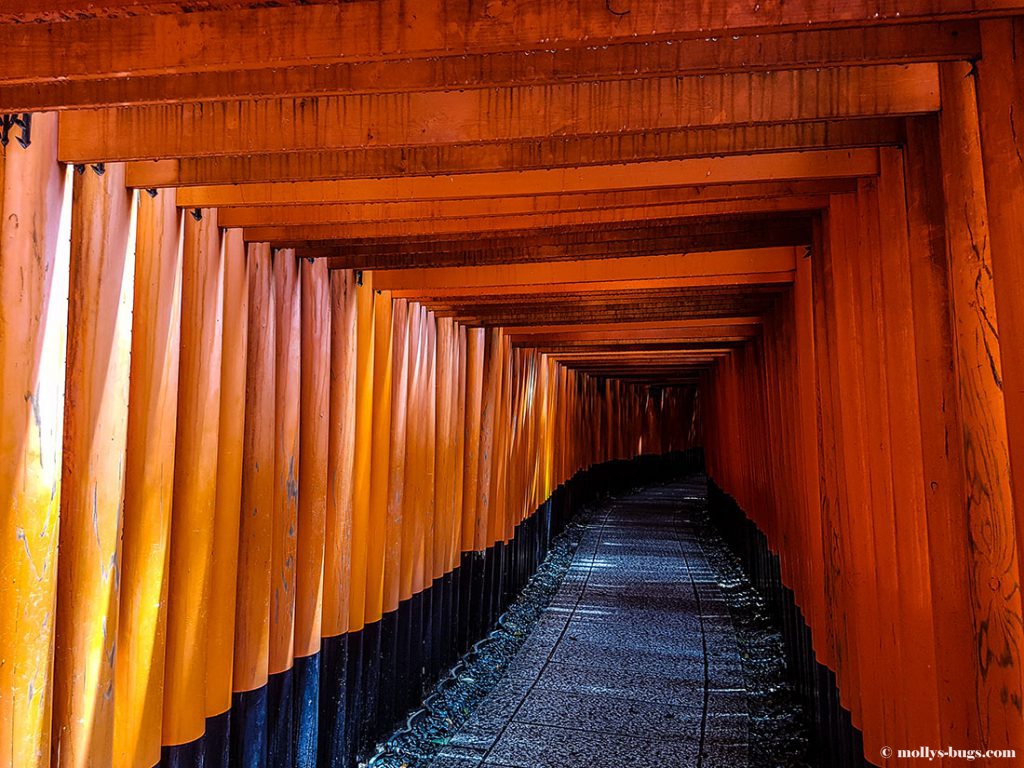

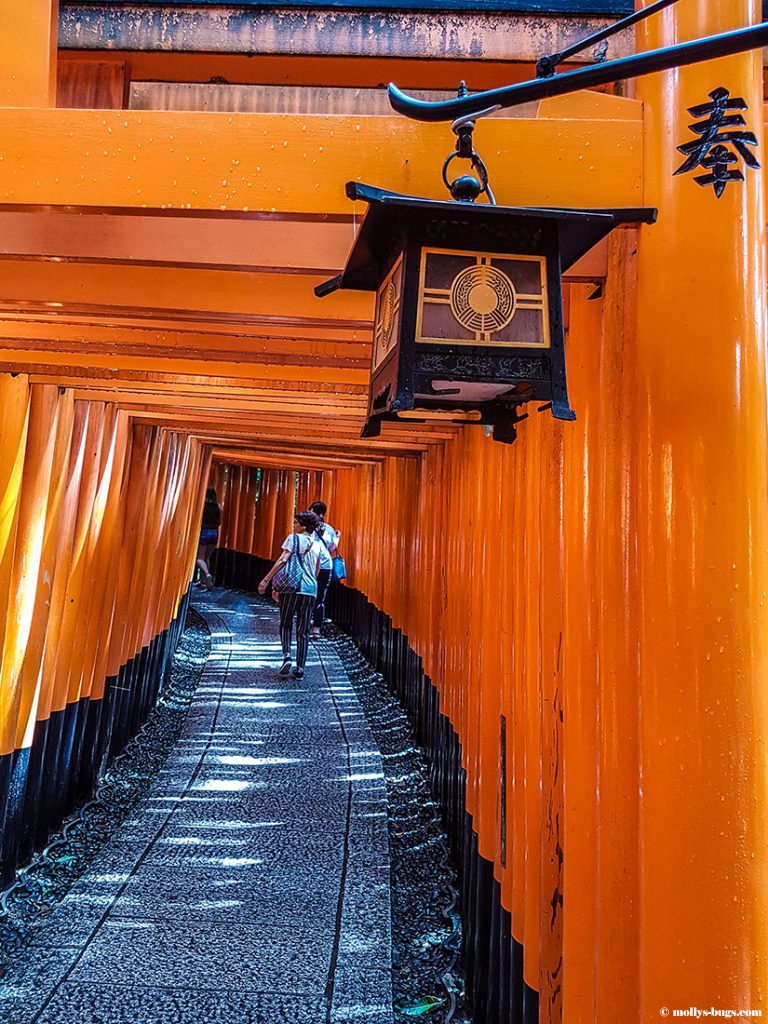
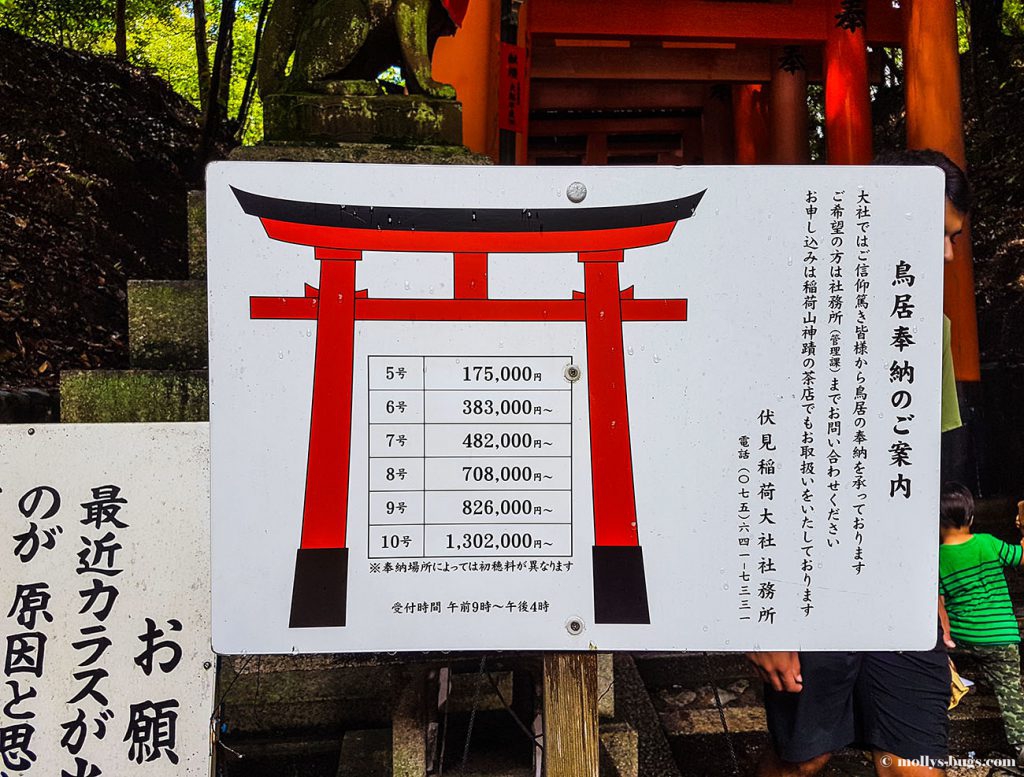
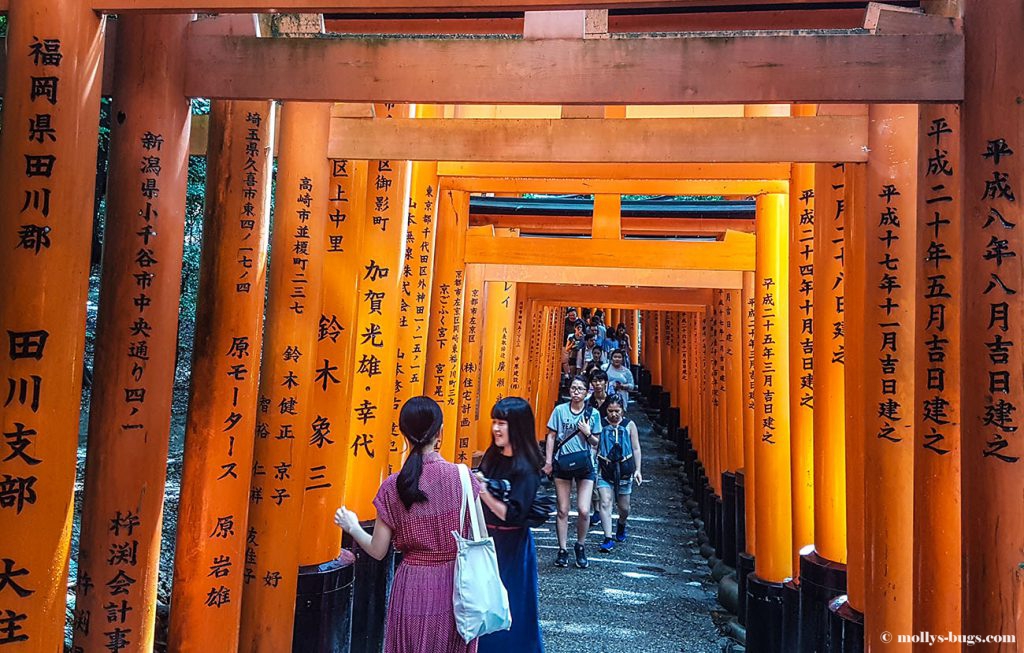
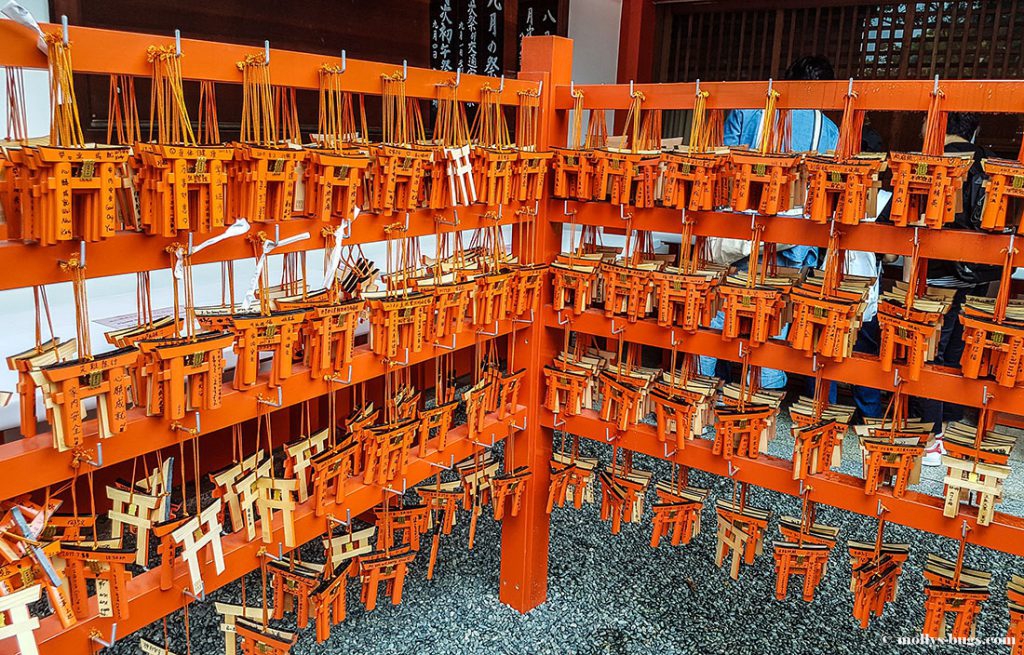
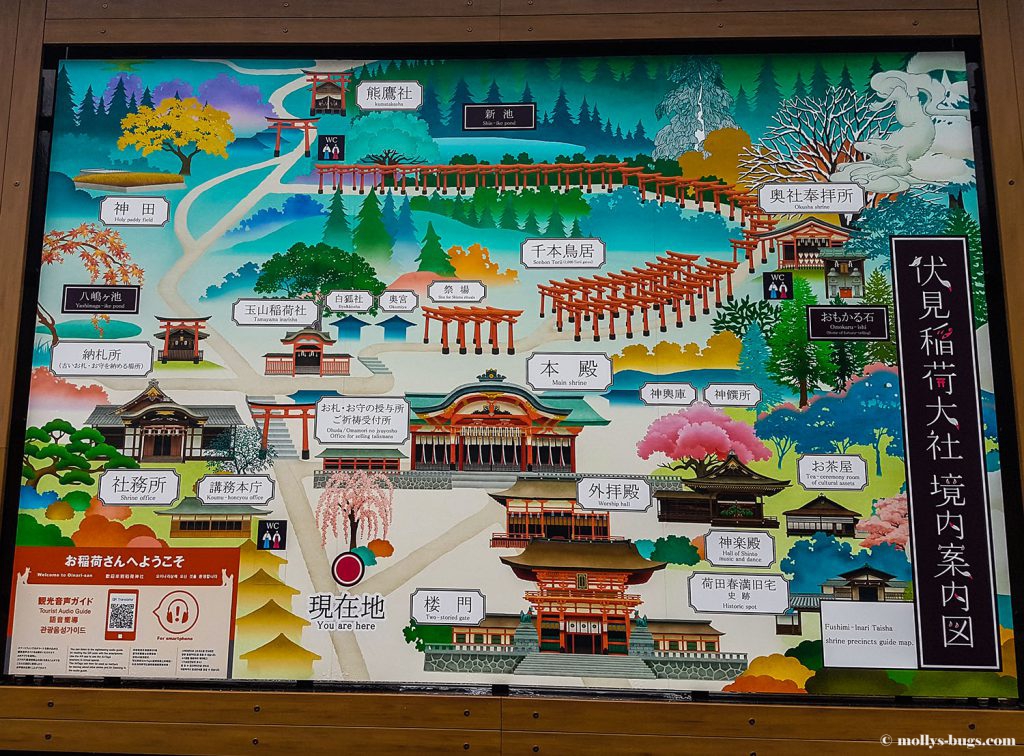
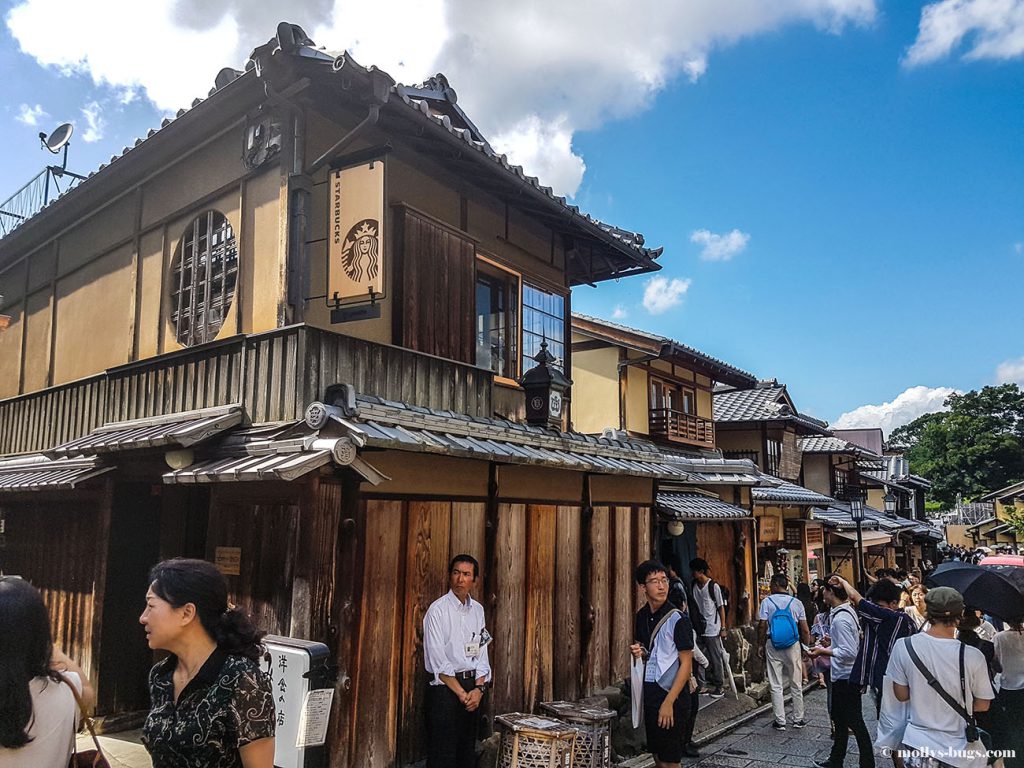
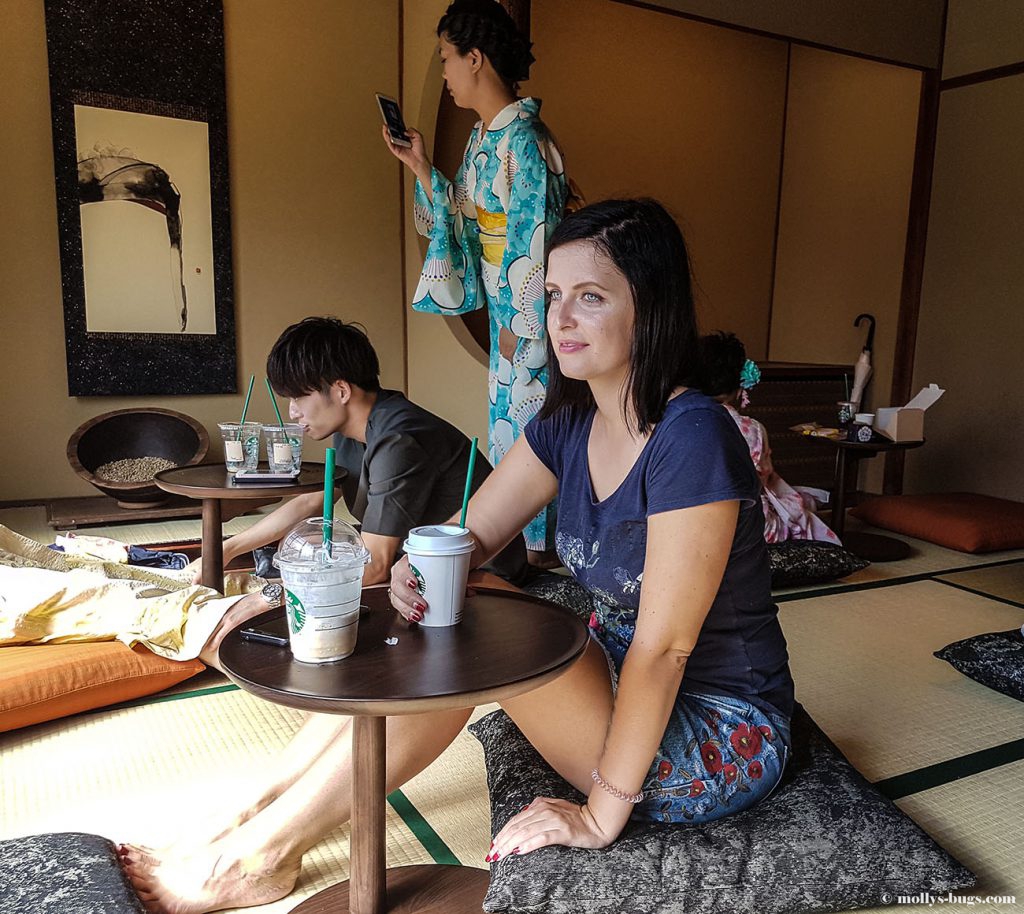
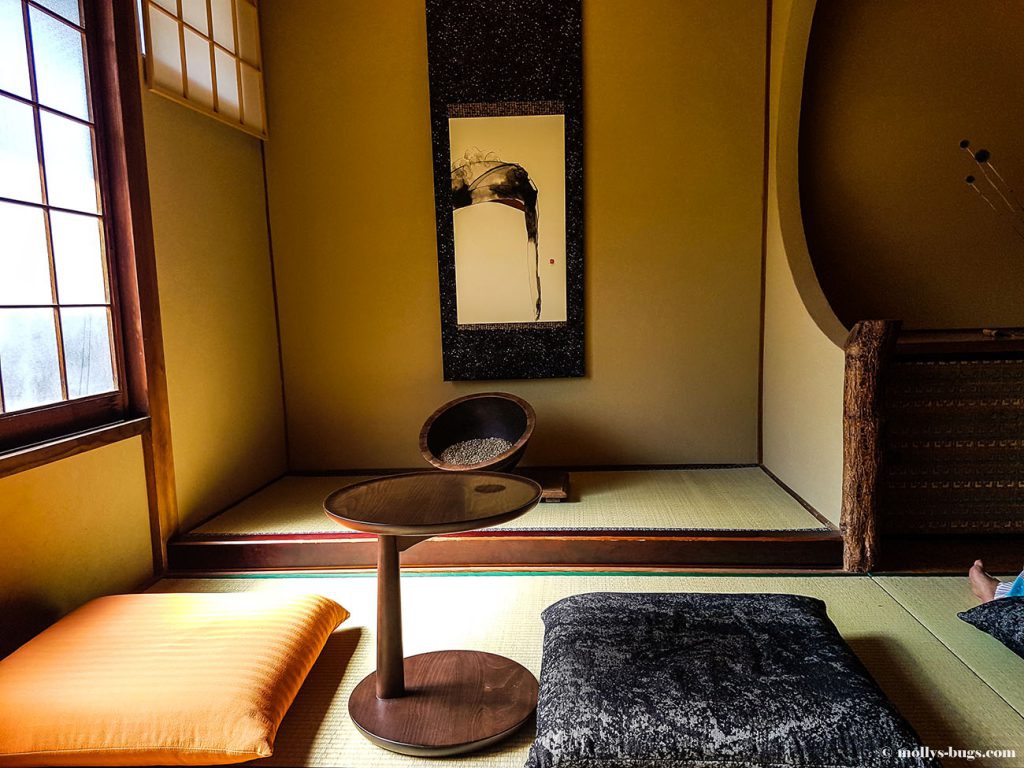
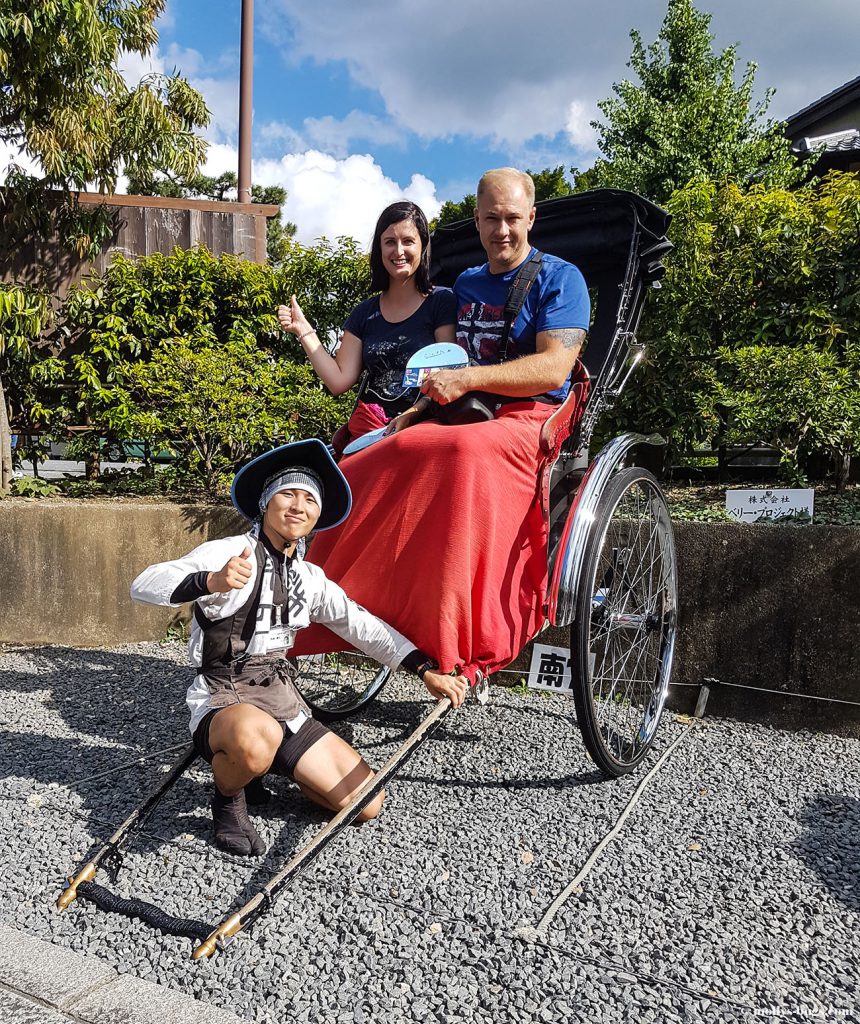
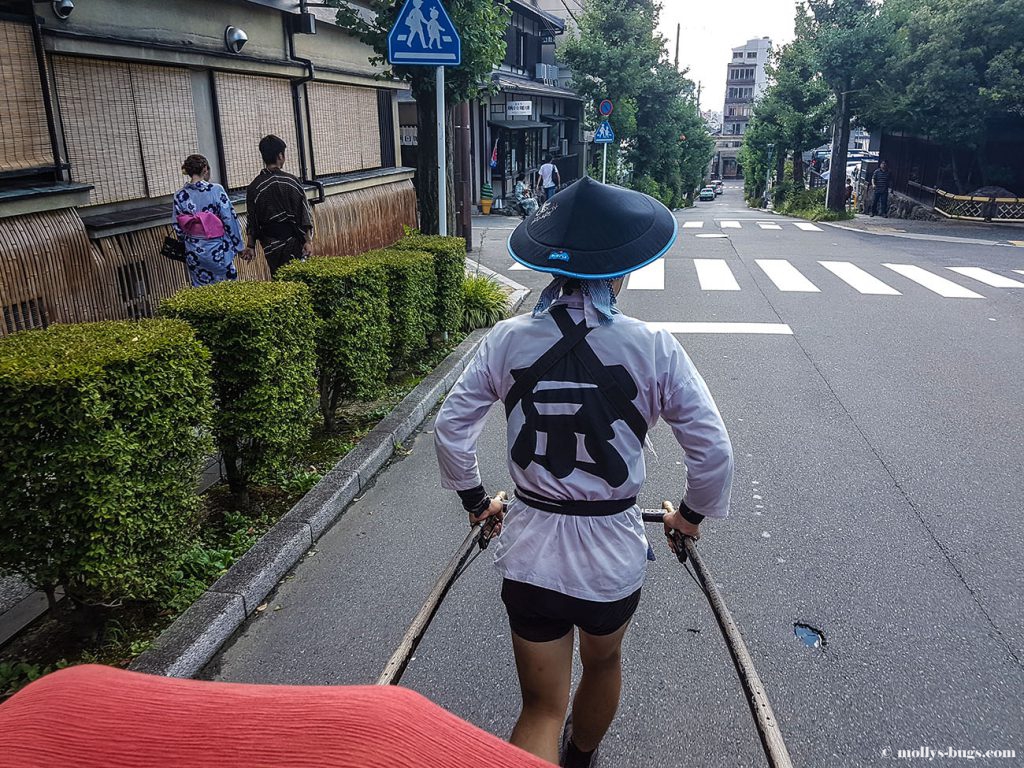
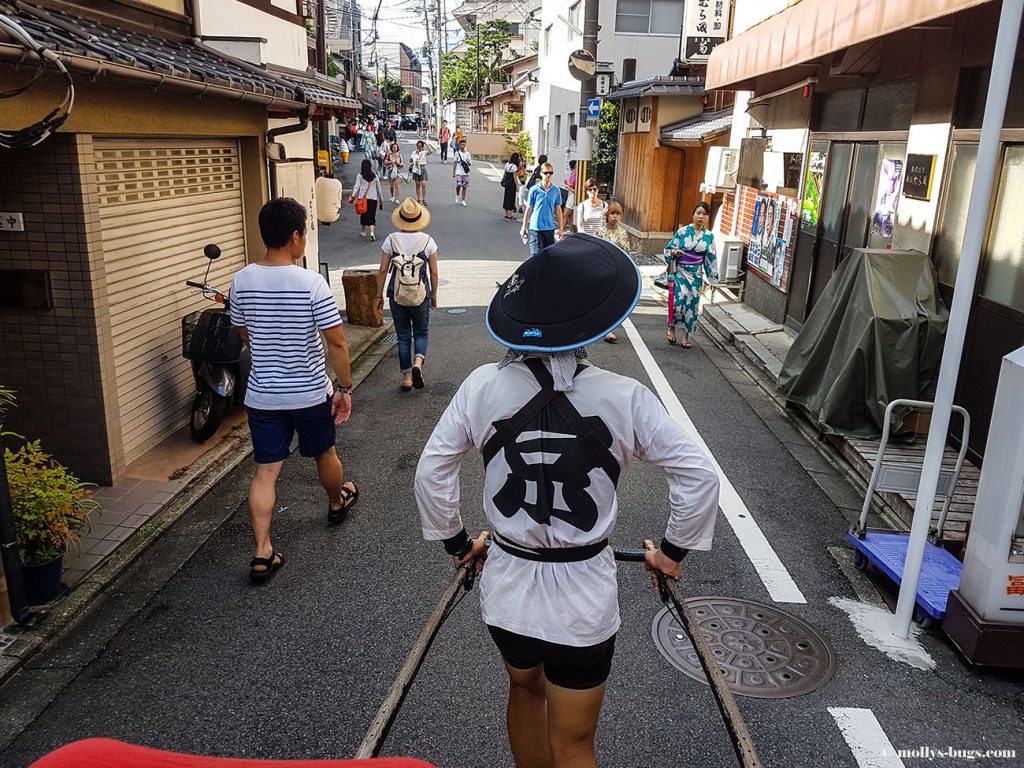
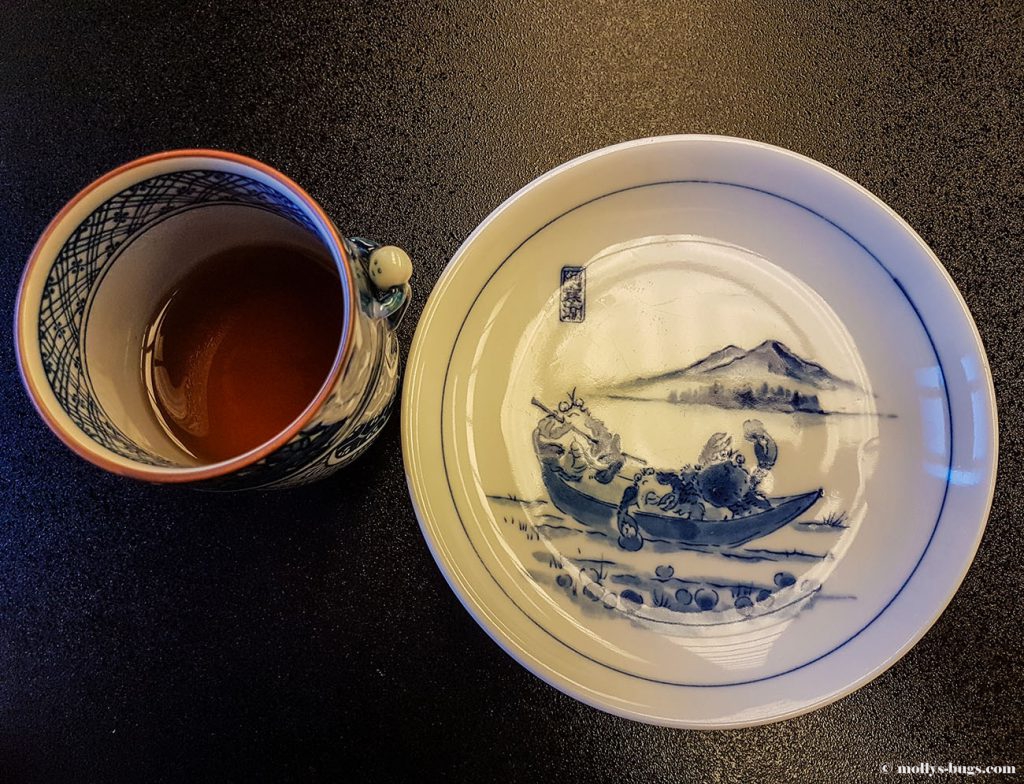

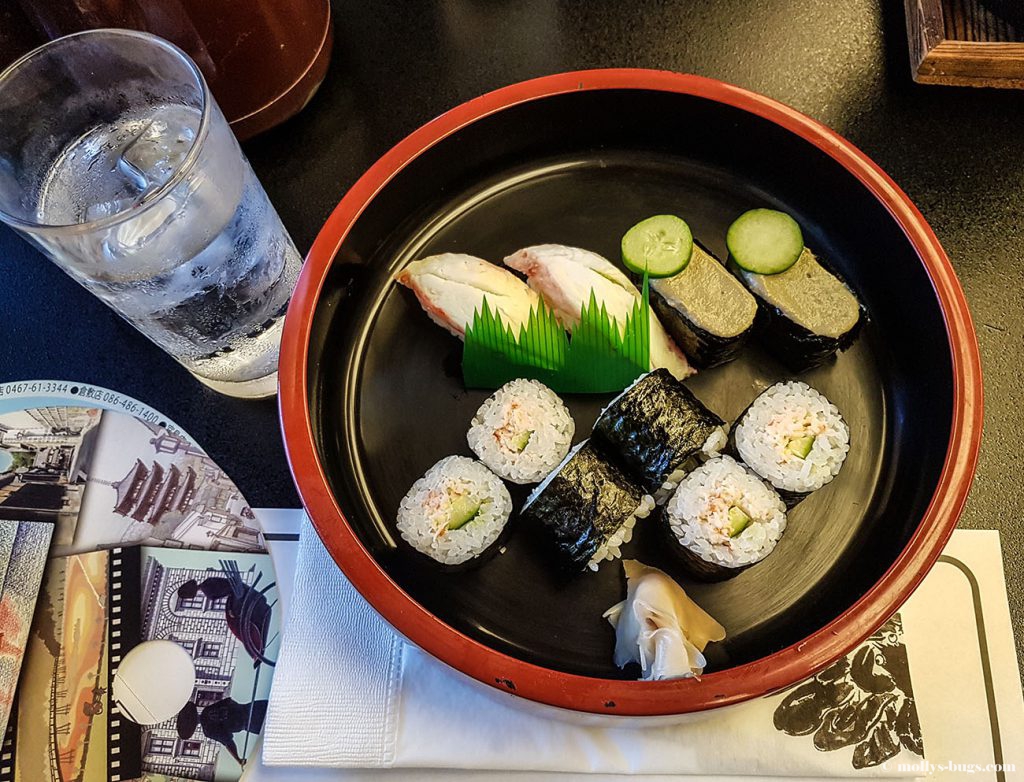
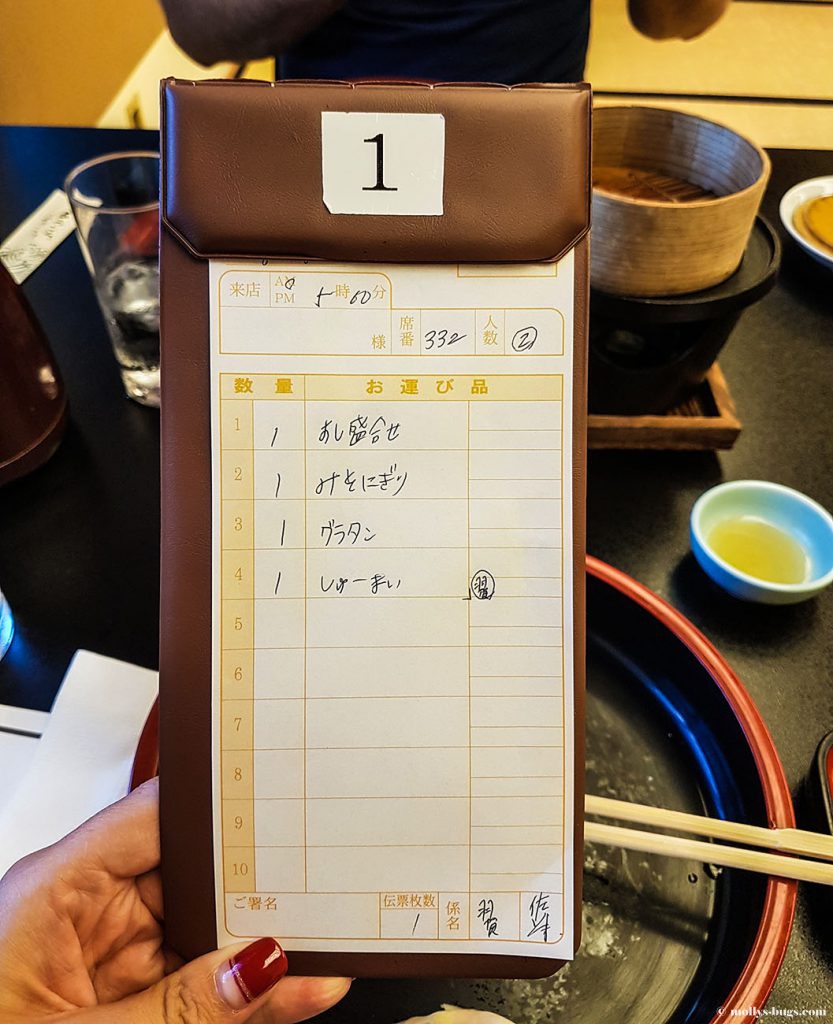
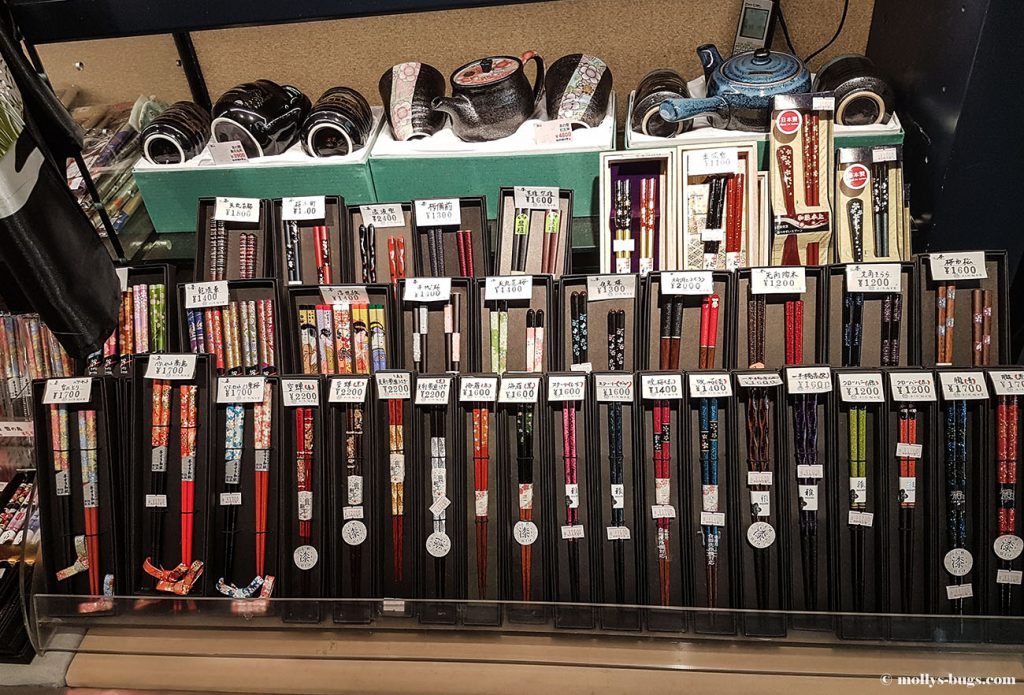
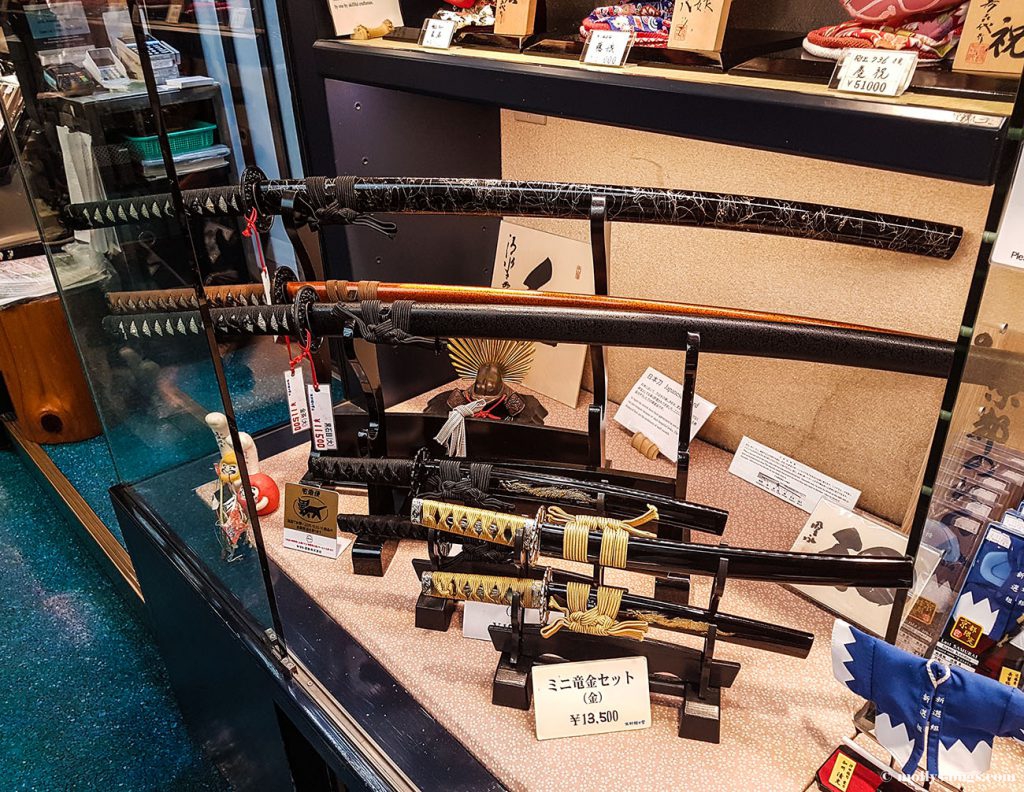
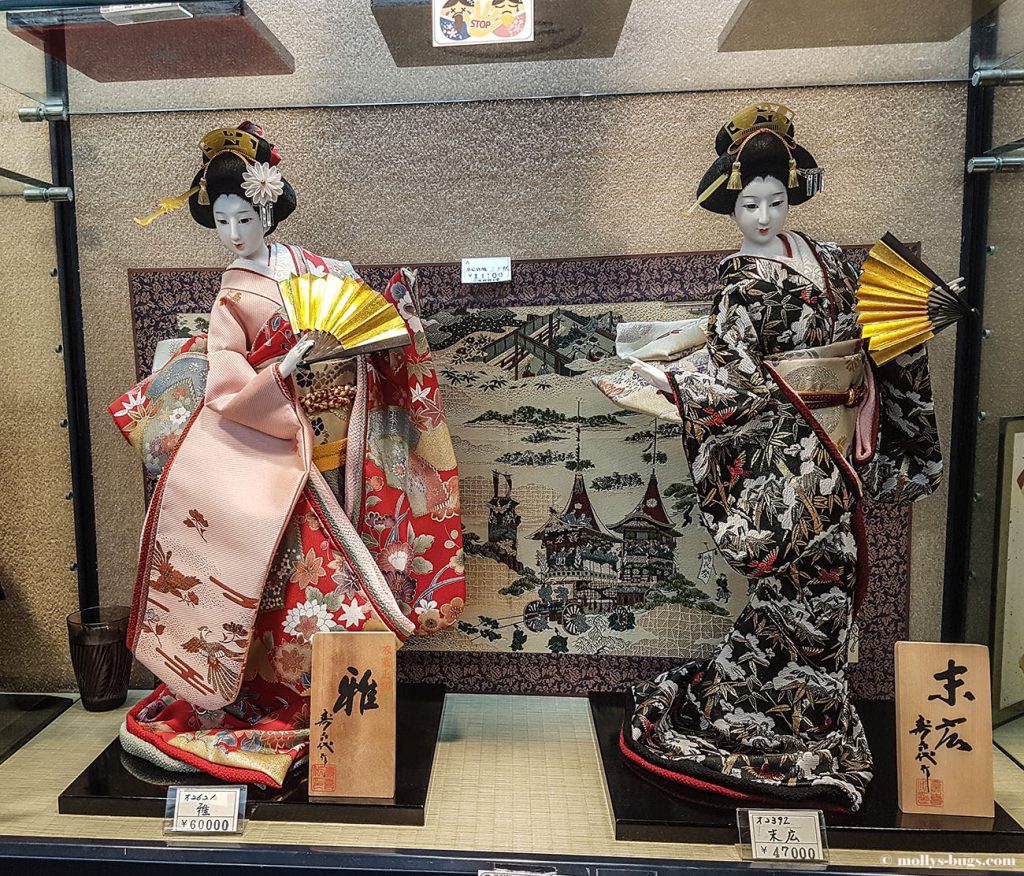
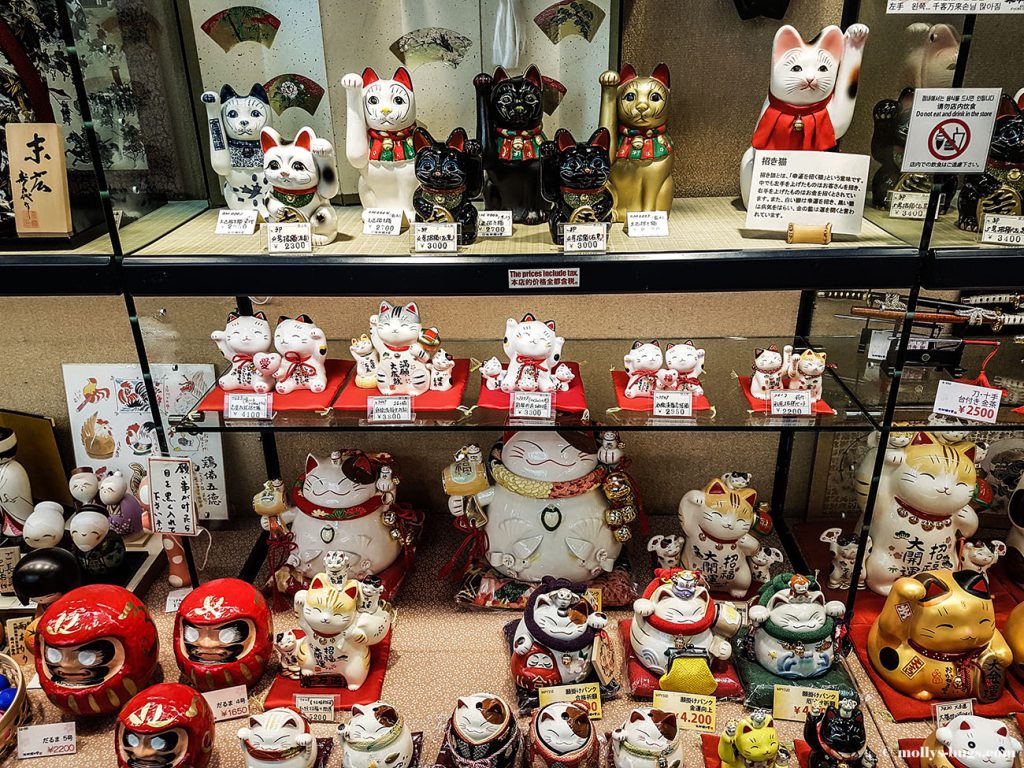
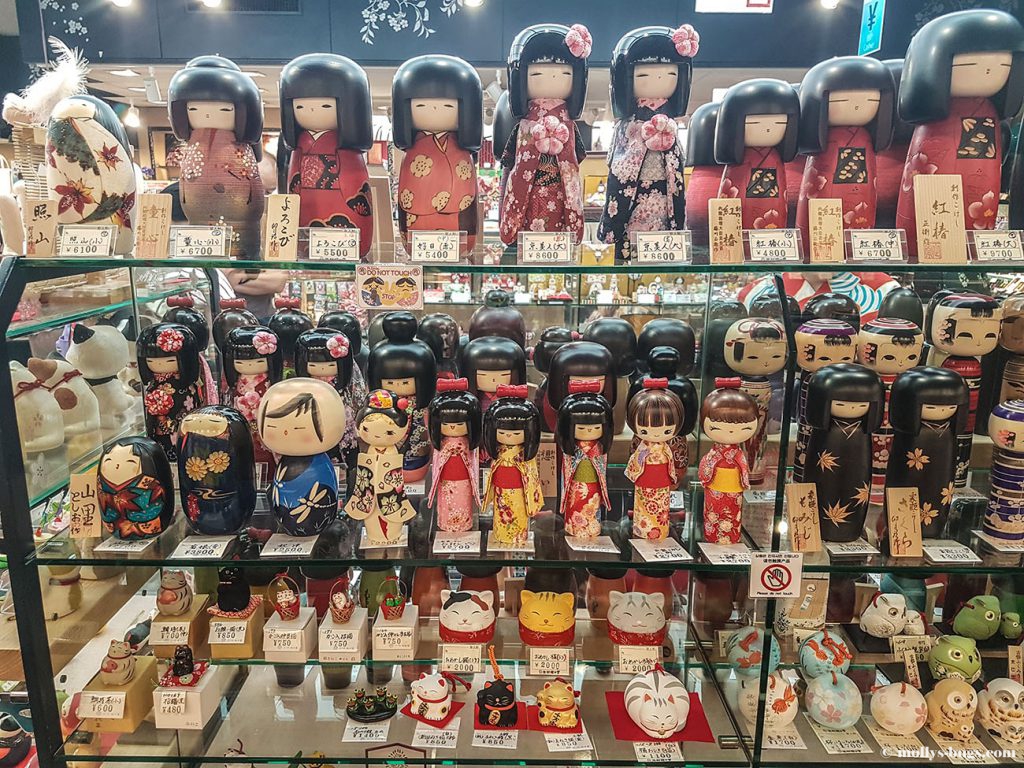
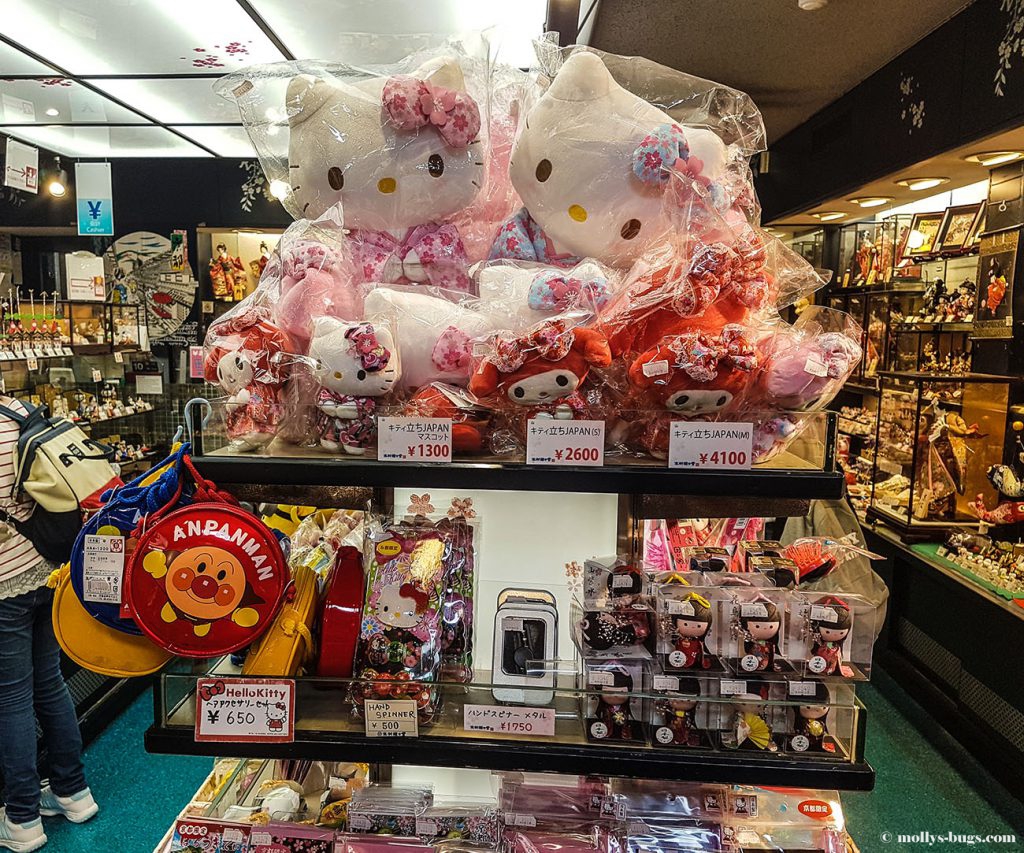
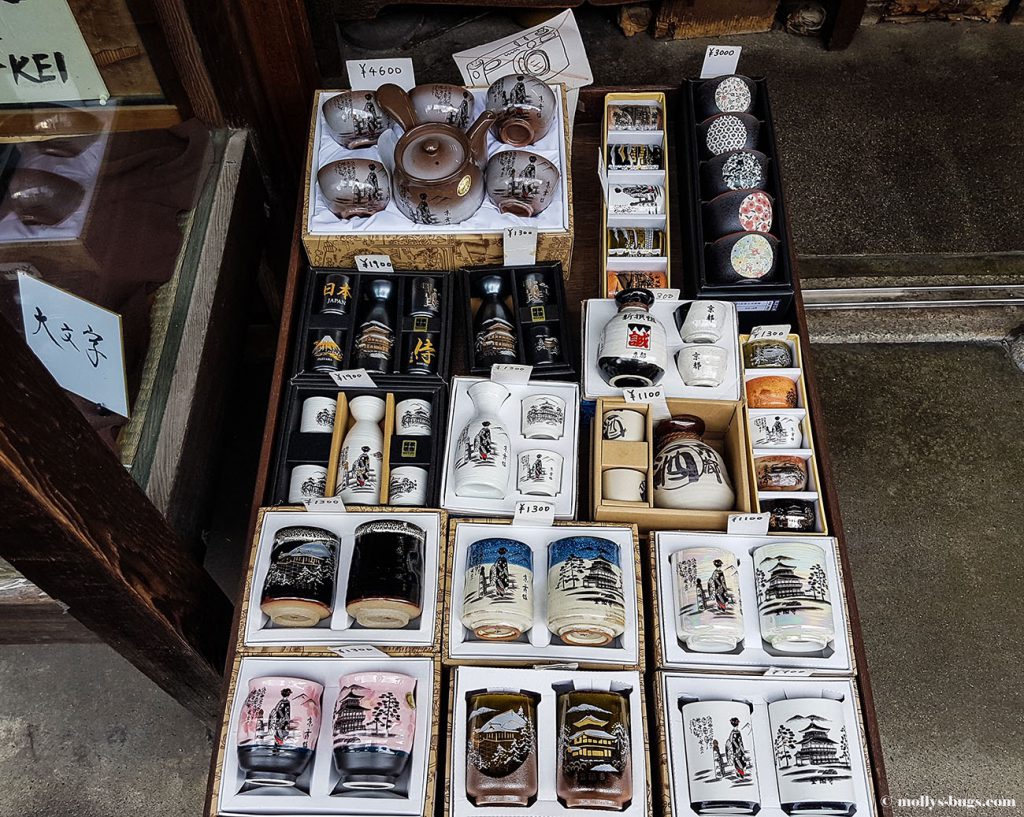
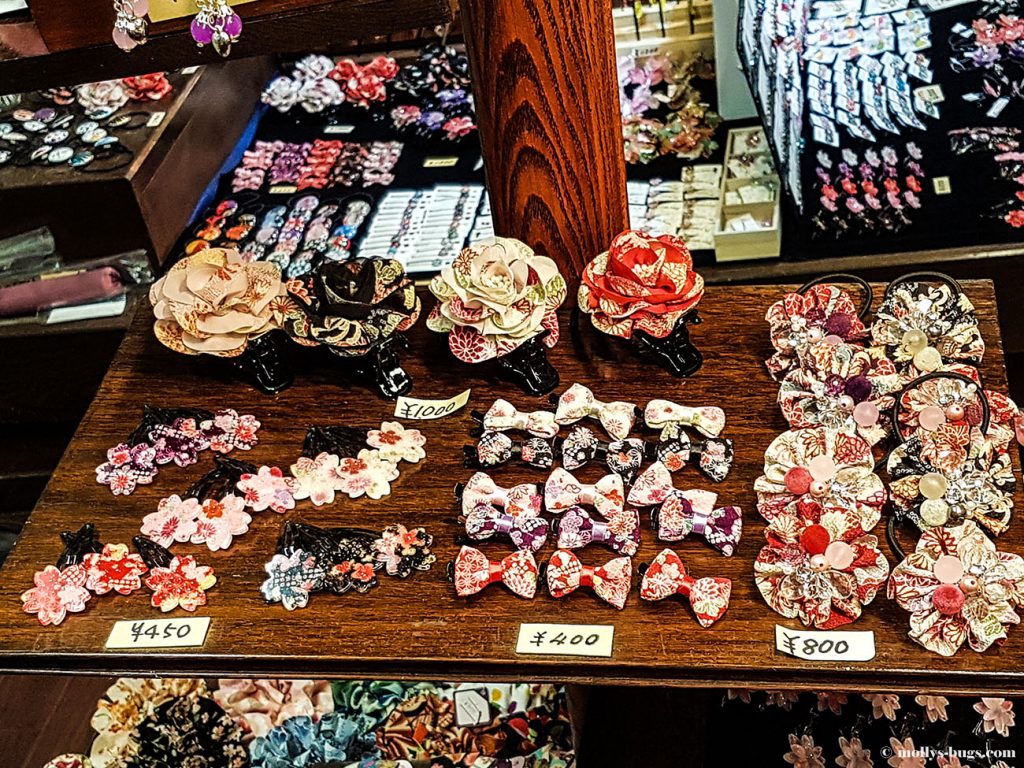
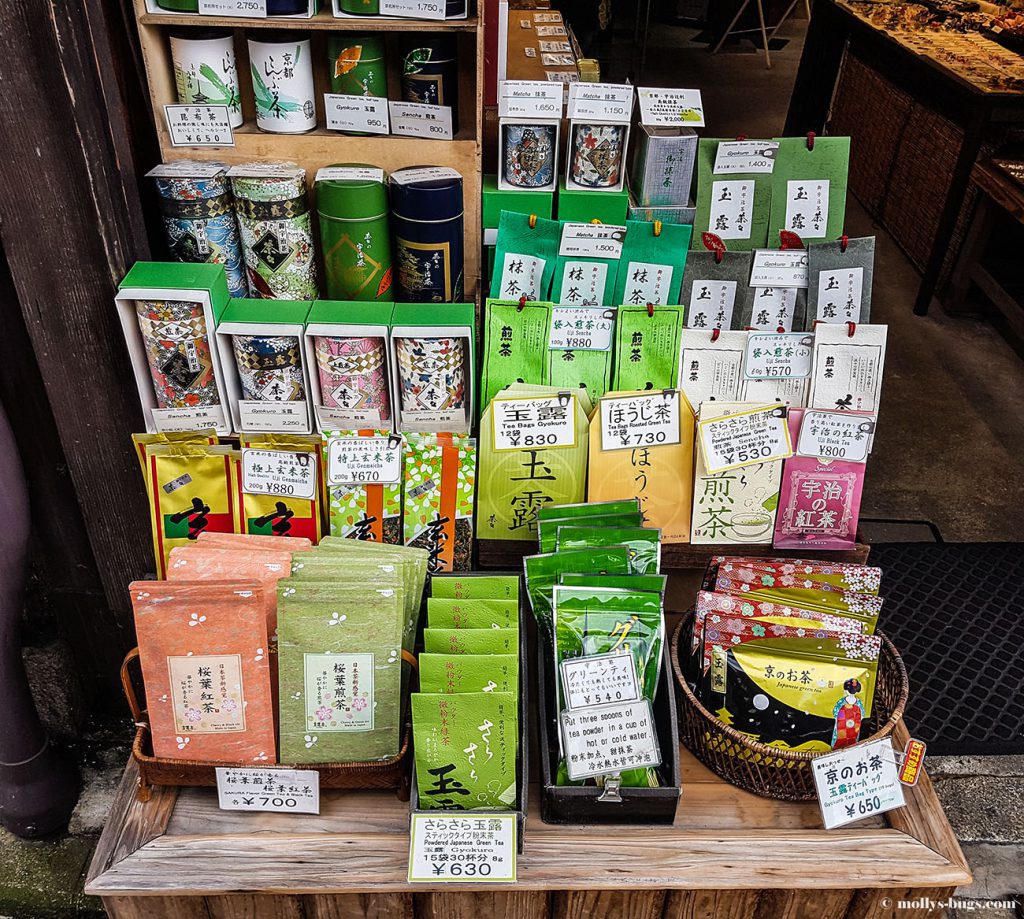
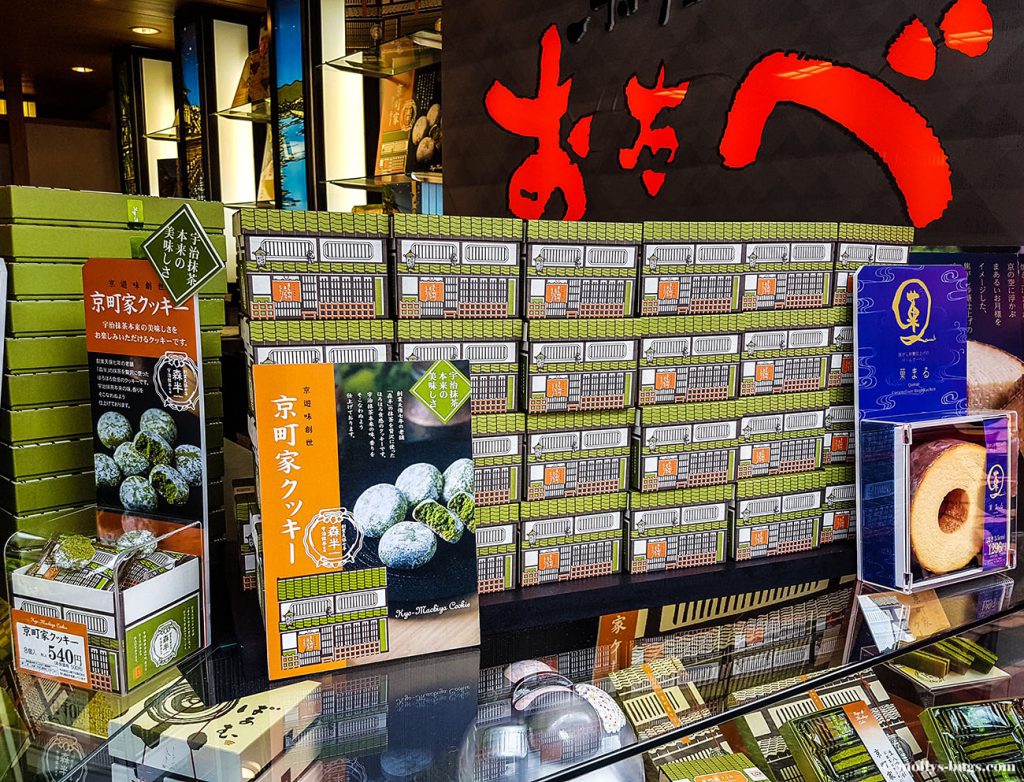
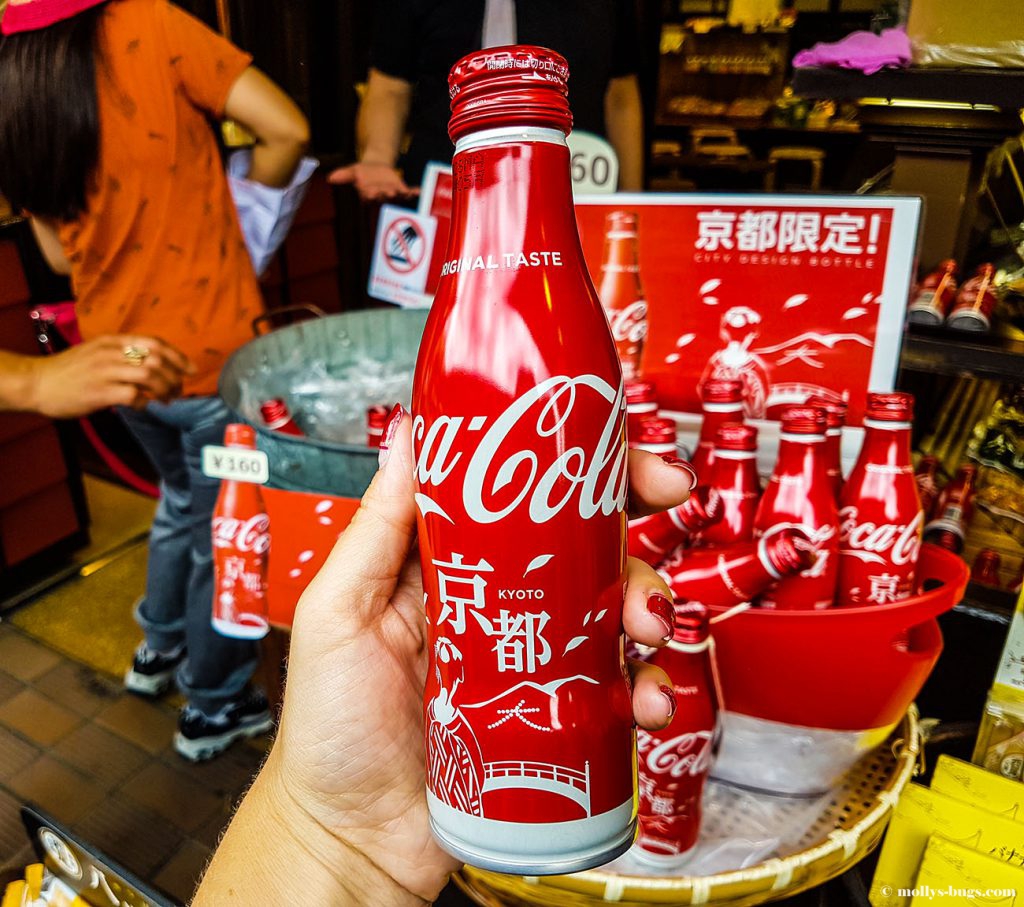
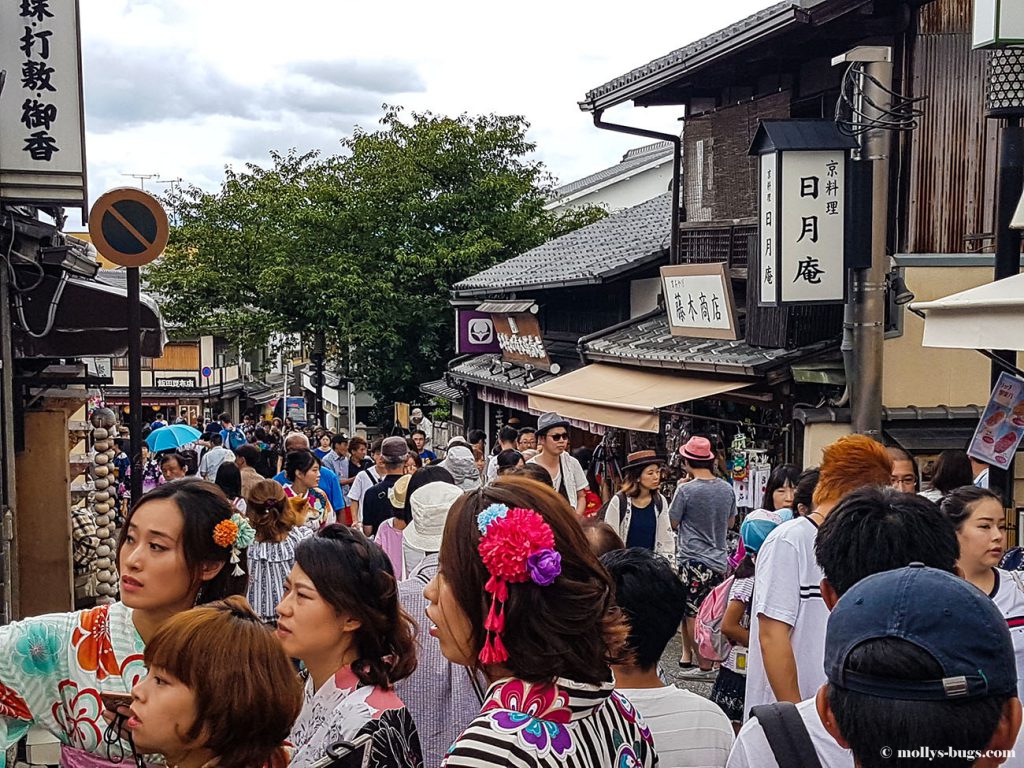
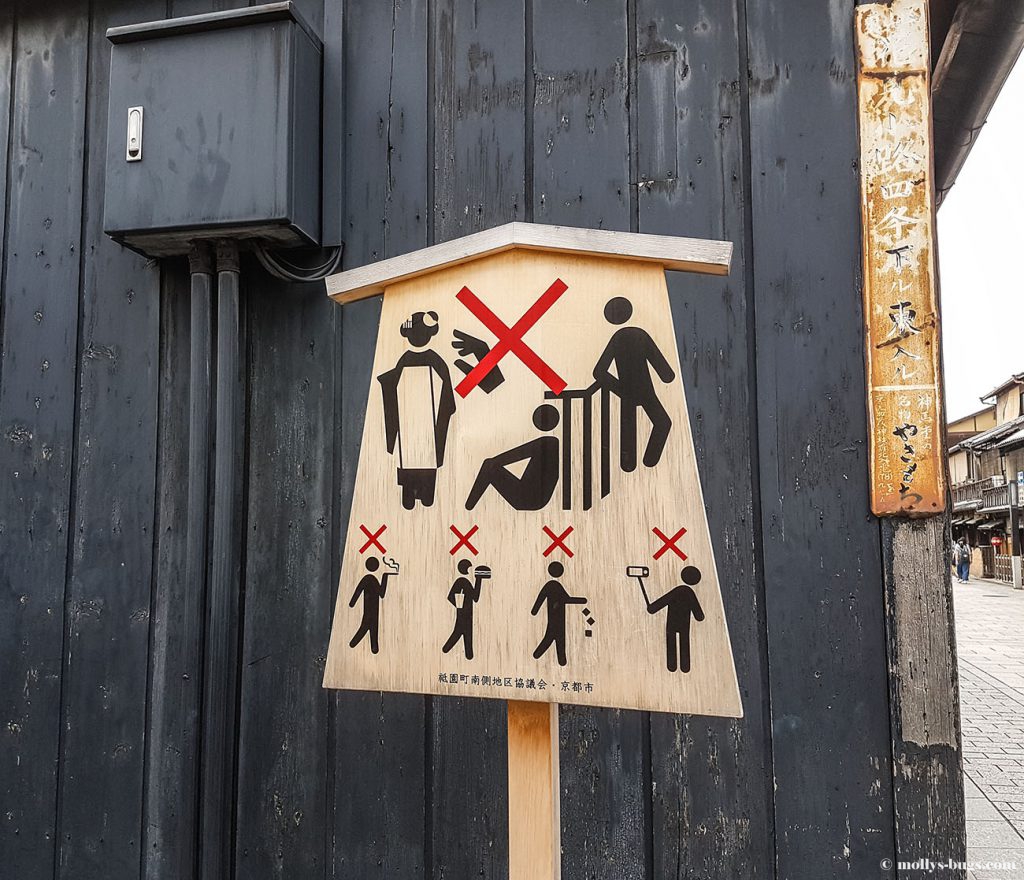






Leave a Reply